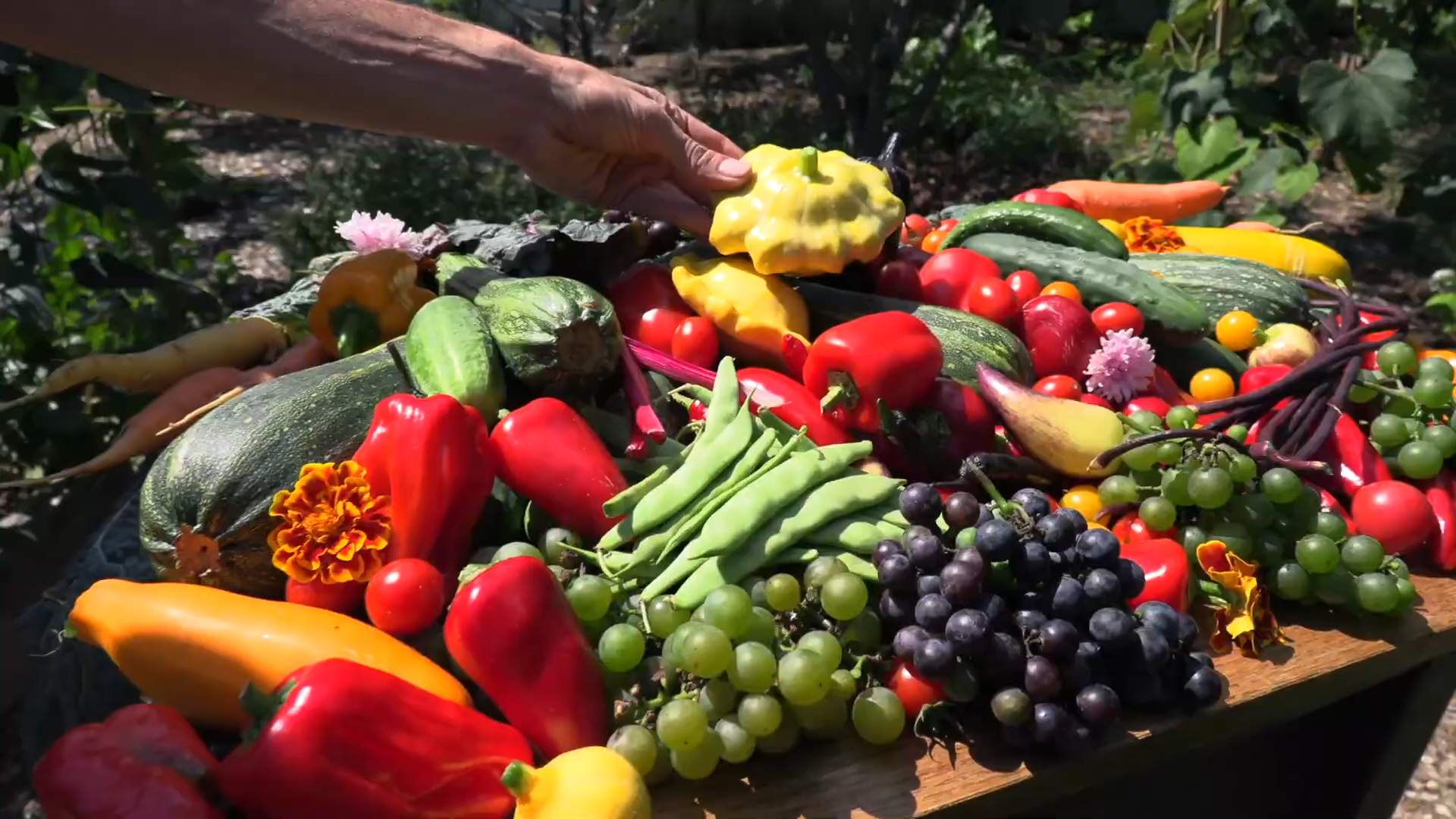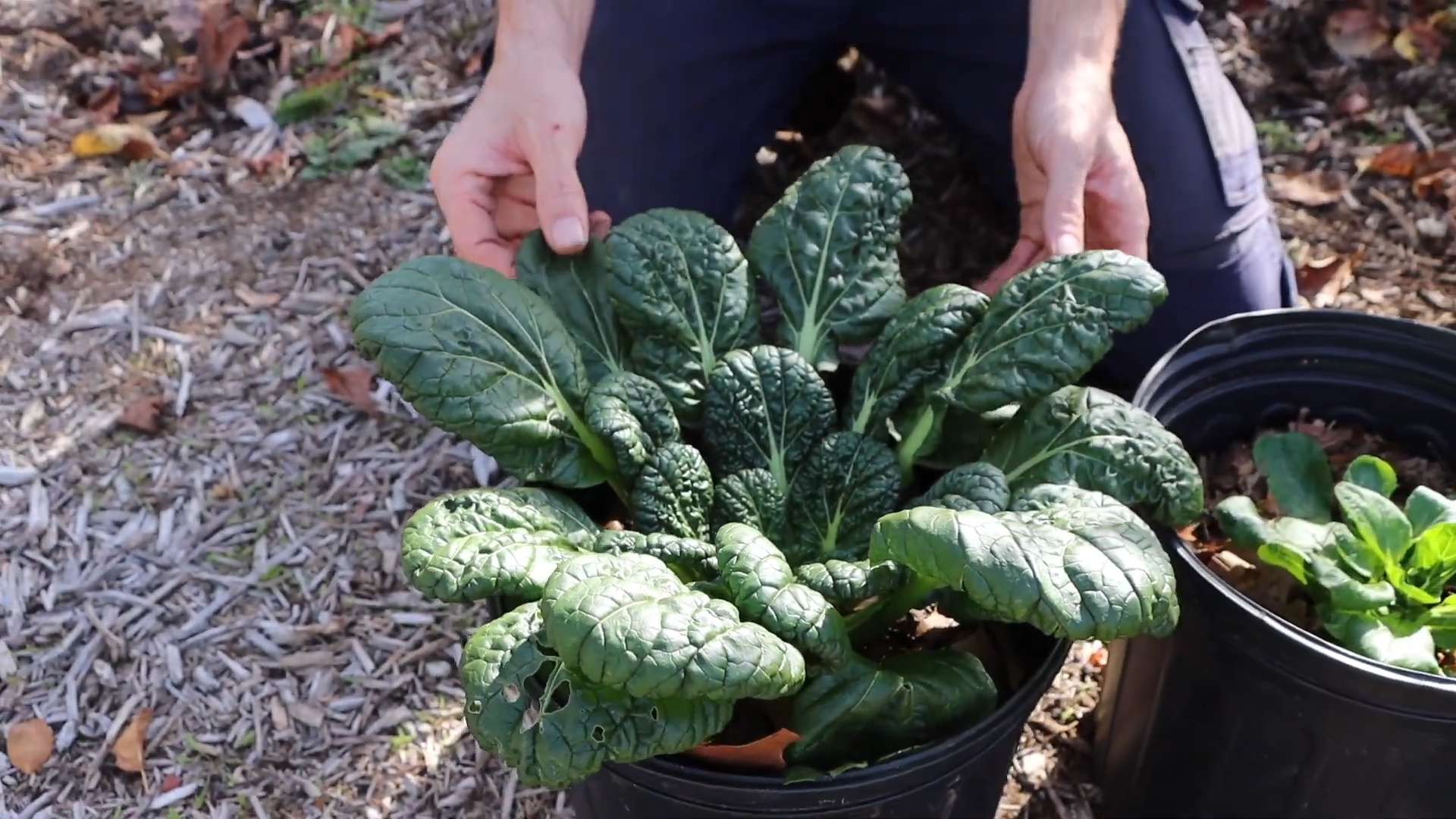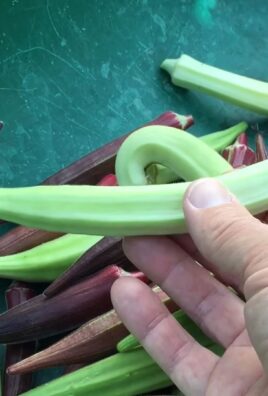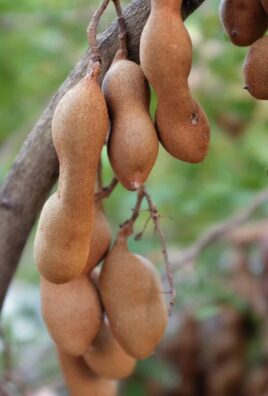Winter crops gardening might sound like an oxymoron, but trust me, it’s absolutely possible to keep your garden thriving even when the snow starts to fall! Forget the barren landscape and the sad, empty pots – I’m here to show you how to enjoy fresh, homegrown produce all winter long with some clever DIY tricks and hacks.
For centuries, resourceful gardeners in colder climates have found ways to extend the growing season. Think of the root cellars of old, carefully storing harvests to last through the winter months. We’re building on that tradition, but with a modern twist! These aren’t your grandma’s gardening secrets (though she probably knew a thing or two!). We’re talking about simple, effective techniques that anyone can use, regardless of their gardening experience.
Why bother with winter crops gardening? Well, imagine the satisfaction of harvesting your own spinach for a warm winter salad, or pulling up fresh carrots for a hearty stew, all while your neighbors are stuck with store-bought veggies. Plus, it’s a fantastic way to stay active and connected to nature during the colder months. This DIY guide will equip you with the knowledge and skills to create a thriving winter garden, saving you money, reducing your carbon footprint, and adding a touch of green to your winter blues. Let’s get started!

DIY Winter Crop Gardening: A Beginner’s Guide to Bountiful Harvests
Hey there, fellow gardening enthusiasts! Don’t let the frosty weather fool you – winter doesn’t have to mean the end of fresh, homegrown goodness. With a little planning and some clever techniques, you can enjoy a vibrant winter garden bursting with delicious and nutritious crops. I’m going to walk you through everything you need to know to get started, from choosing the right plants to protecting them from the elements. Let’s dive in!
Choosing Your Winter Warriors: The Best Crops for Cold Climates
The key to a successful winter garden is selecting plants that can tolerate cooler temperatures and shorter days. Here are some of my favorite winter crops, broken down by category:
* Leafy Greens: These are generally the easiest and most rewarding winter crops.
* Spinach: A classic choice, spinach thrives in cool weather and can even tolerate light frosts.
* Kale: Extremely hardy and packed with nutrients, kale is a winter garden staple.
* Lettuce (especially cold-hardy varieties like ‘Winter Density’ or ‘Arctic King’): You can enjoy fresh salads all winter long!
* Arugula: Adds a peppery kick to your salads and is surprisingly cold-tolerant.
* Swiss Chard: Beautiful and delicious, Swiss chard can withstand some frost.
* Mustard Greens: These spicy greens add a unique flavor to your winter meals.
* Root Vegetables: These underground treasures store well and provide essential nutrients during the colder months.
* Carrots: Choose shorter, stouter varieties like ‘Nantes’ or ‘Chantenay’ for better winter performance.
* Beets: ‘Detroit Dark Red’ is a reliable choice for winter growing.
* Radishes: These fast-growing veggies add a zesty crunch to salads and snacks.
* Turnips: Both the roots and the greens are edible and delicious.
* Parsnips: These sweet and nutty root vegetables are a winter delicacy.
* Brassicas (Cabbage Family): These hardy vegetables are well-suited for winter growing.
* Cabbage: Choose cold-hardy varieties like ‘January King’ or ‘Savoy’.
* Broccoli: ‘Waltham 29’ is a good choice for winter harvests.
* Cauliflower: Can be a bit more challenging, but worth the effort if you provide adequate protection.
* Brussels Sprouts: These little cabbages are incredibly hardy and delicious roasted.
* Kohlrabi: A unique and versatile vegetable that can be eaten raw or cooked.
* Alliums (Onion Family): These pungent vegetables add flavor to your winter dishes.
* Garlic: Plant garlic cloves in the fall for a summer harvest.
* Onions (especially bunching onions or scallions): These are relatively easy to grow and provide a continuous supply of fresh onions.
* Leeks: These mild-flavored onions are a winter staple.
* Shallots: Similar to onions, but with a milder flavor.
Preparing Your Garden Bed for Winter Success
A well-prepared garden bed is crucial for healthy winter crops. Here’s how I get my garden ready:
1. Clear the Area: Remove any remaining summer crops, weeds, and debris from your garden bed.
2. Amend the Soil: Winter crops need rich, well-draining soil. Amend your soil with plenty of compost, aged manure, or other organic matter. This will improve drainage, add nutrients, and help retain moisture.
3. Test the Soil pH: Most winter crops prefer a slightly acidic to neutral soil pH (around 6.0 to 7.0). Use a soil testing kit to check your soil pH and amend it accordingly.
4. Consider Raised Beds: Raised beds warm up faster than in-ground gardens and provide better drainage, making them ideal for winter growing.
5. Choose the Right Location: Select a location that receives at least 6 hours of sunlight per day. South-facing gardens are generally the warmest and sunniest.
Planting Your Winter Crops: Timing is Everything
The timing of planting is crucial for winter crop success. You need to plant early enough to allow the plants to establish themselves before the first frost, but not so early that they bolt (go to seed) in the warmer weather.
1. Check Your Local Frost Dates: Find out the average first and last frost dates for your area. This will help you determine the optimal planting time for your winter crops.
2. Start Seeds Indoors (Optional): Starting seeds indoors gives your plants a head start and allows you to control the growing environment. Sow seeds 6-8 weeks before the first expected frost.
3. Direct Sow Seeds: Many winter crops, such as spinach, kale, and radishes, can be directly sown into the garden bed. Sow seeds according to the package instructions.
4. Transplant Seedlings: If you started seeds indoors, harden off the seedlings by gradually exposing them to outdoor conditions for a week before transplanting them into the garden bed.
5. Space Plants Properly: Give your plants enough space to grow and thrive. Refer to the seed packet or plant tag for spacing recommendations.
Protecting Your Winter Garden from the Elements
Winter weather can be harsh, so it’s important to protect your plants from frost, wind, and snow. Here are some strategies I use:
1. Mulch, Mulch, Mulch!: Apply a thick layer of mulch (straw, hay, shredded leaves) around your plants. Mulch helps insulate the soil, retain moisture, and suppress weeds.
2. Row Covers: Row covers are lightweight fabric covers that protect plants from frost, wind, and pests. They are easy to install and can significantly extend your growing season.
3. Cold Frames: Cold frames are mini-greenhouses that provide extra protection from the elements. You can build your own cold frame or purchase a pre-made one.
4. Cloches: Cloches are individual plant covers that protect plants from frost and wind. They are available in various shapes and sizes.
5. Greenhouses: If you’re serious about winter gardening, a greenhouse is a great investment. Greenhouses provide a controlled environment that allows you to grow a wider variety of crops.
6. Water Wisely: Water your plants deeply but infrequently. Avoid watering on cold evenings, as this can lead to frost damage.
7. Ventilation is Key: On sunny days, ventilate your row covers, cold frames, or greenhouses to prevent overheating.
Watering and Feeding Your Winter Crops
Even though it’s winter, your plants still need water and nutrients.
1. Watering: Water deeply when the top inch of soil feels dry. Be careful not to overwater, as this can lead to root rot. Water in the morning so the foliage has time to dry before nightfall.
2. Fertilizing: Winter crops benefit from regular feeding. Use a balanced organic fertilizer or compost tea to provide essential nutrients.
3. Liquid Feeds: I like to use liquid seaweed extract or fish emulsion as a foliar feed. This helps boost plant growth and resilience.
Dealing with Pests and Diseases in Winter
While pests and diseases are less common in winter, they can still be a problem.
1. Monitor Regularly: Check your plants regularly for signs of pests or diseases.
2. Handpick Pests: If you find any pests, handpick them off the plants.
3. Use Organic Pest Control: If handpicking isn’t enough, use organic pest control methods, such as insecticidal soap or neem oil.
4. Prevent Diseases: Prevent diseases by providing good air circulation, avoiding overwatering, and removing any infected leaves.
Harvesting Your Winter Bounty
Harvesting your winter crops is the most rewarding part of the process!
1. Harvest Regularly: Harvest your crops regularly to encourage continued production.
2. Harvest Leafy Greens: Harvest leafy greens by cutting off the outer leaves, leaving the inner leaves to continue growing.
3. Harvest Root Vegetables: Harvest root vegetables when they reach the desired size.
4. Store Your Harvest: Store your harvested crops in a cool, dry place. Root vegetables can be stored in a root cellar or refrigerator. Leafy greens should be stored in the refrigerator in a plastic bag.
Specific Crop Tips: Getting the Most from Your Winter Garden
Here are a few extra tips for some popular winter crops:
* Spinach: Choose bolt-resistant varieties for longer harvests.
* Kale: Harvest the outer leaves as needed, leaving the inner leaves to continue growing.
* Carrots: Cover carrots with a thick

Conclusion
So, there you have it! Mastering winter crops gardening doesn’t have to be a daunting task. By implementing these simple yet effective DIY tricks, you can extend your growing season and enjoy fresh, homegrown produce even when the snow is falling. Imagine the satisfaction of harvesting crisp lettuce, vibrant spinach, or hearty kale from your own backyard in the middle of winter. It’s not just about saving money; it’s about connecting with nature, knowing exactly where your food comes from, and enjoying the unparalleled flavor of freshly picked vegetables.
This isn’t just a theoretical exercise; it’s a practical solution that can transform your gardening experience. The beauty of these DIY methods lies in their adaptability. You can tailor them to your specific climate, available space, and the types of winter crops you want to grow. Experiment with different row cover materials, try building a mini hoop house, or explore the possibilities of cold frames. The key is to be resourceful and creative.
Don’t be afraid to get your hands dirty and embrace the challenges that winter gardening may present. Remember, even experienced gardeners face setbacks. The important thing is to learn from your mistakes and keep experimenting. Each season will bring new insights and help you refine your techniques.
We’ve covered a range of techniques, from selecting the right crops and preparing your soil to building protective structures and managing pests. Each step is crucial for success, but the most important ingredient is your enthusiasm and dedication. With a little planning and effort, you can create a thriving winter garden that will provide you with fresh, nutritious food throughout the colder months.
Consider these variations to further enhance your winter crops gardening success:
* Vertical Gardening: If space is limited, explore vertical gardening options. Trellises, stacked planters, and hanging baskets can maximize your growing area and make it easier to protect your crops from the elements.
* Succession Planting: Plant crops in succession to ensure a continuous harvest throughout the winter. Sow seeds every few weeks to stagger the maturity dates and avoid a glut of produce at once.
* Companion Planting: Utilize companion planting techniques to improve soil health, deter pests, and enhance the growth of your winter crops. For example, planting garlic near leafy greens can help repel aphids.
* Indoor Seed Starting: Start seeds indoors a few weeks before the first expected frost to give your plants a head start. This is especially beneficial for crops that require a longer growing season.
* Water Conservation: Winter can be a dry season in some regions. Implement water conservation strategies such as mulching and using drip irrigation to minimize water waste.
We are confident that these DIY tricks will empower you to create a flourishing winter garden. So, grab your gardening gloves, gather your supplies, and get ready to experience the joy of harvesting fresh, homegrown produce in the heart of winter.
We encourage you to try these DIY tricks and share your experiences with us! Let us know what worked well for you, what challenges you faced, and any tips or variations you discovered along the way. Your feedback will help us improve this guide and inspire other gardeners to embrace the possibilities of winter crops gardening. Share your photos and stories on our social media channels using #WinterCropsDIY and let’s build a community of passionate winter gardeners!
Frequently Asked Questions (FAQ)
What are the best crops to grow in a winter garden?
The best crops for winter crops gardening are those that are cold-hardy and can tolerate frost. Some excellent choices include:
* Leafy Greens: Spinach, kale, lettuce, arugula, Swiss chard, and collard greens are all relatively easy to grow in winter and provide a continuous harvest.
* Root Vegetables: Carrots, beets, turnips, parsnips, and radishes can withstand cold temperatures and store well in the ground.
* Brassicas: Broccoli, cauliflower, cabbage, Brussels sprouts, and kale are all members of the brassica family and thrive in cool weather.
* Garlic and Onions: These can be planted in the fall and will overwinter, providing a harvest in the spring.
* Herbs: Many herbs, such as parsley, thyme, rosemary, and sage, are cold-hardy and can be grown in winter.
The specific crops that will thrive in your garden will depend on your local climate and the severity of the winter. Research the hardiness zones for your area and choose crops that are well-suited to your conditions.
How do I protect my winter crops from frost and freezing temperatures?
Protecting your winter crops from frost and freezing temperatures is essential for a successful harvest. Here are some effective methods:
* Row Covers: These lightweight fabrics can be draped over plants to provide insulation and protect them from frost.
* Cold Frames: These simple structures provide a sheltered environment for plants, trapping heat and protecting them from wind and snow.
* Hoop Houses: These larger structures offer more protection than row covers and can extend the growing season significantly.
* Mulching: Applying a thick layer of mulch around plants helps to insulate the soil and protect the roots from freezing.
* Watering: Watering plants before a frost can help to protect them from damage. The water releases heat as it freezes, which can help to keep the plants warmer.
How often should I water my winter crops?
Watering frequency depends on several factors, including the type of soil, the weather conditions, and the type of crops you are growing. In general, winter crops require less water than summer crops because the evaporation rate is lower.
Check the soil moisture regularly by sticking your finger into the soil. If the top inch or two feels dry, it’s time to water. Water deeply but infrequently, allowing the soil to dry out slightly between waterings. Avoid overwatering, as this can lead to root rot.
How do I deal with pests and diseases in my winter garden?
Pests and diseases can still be a problem in winter, although they are generally less prevalent than in summer. Here are some tips for managing pests and diseases in your winter garden:
* Choose Disease-Resistant Varieties: Select crop varieties that are known to be resistant to common diseases.
* Maintain Good Air Circulation: Ensure that your plants have adequate air circulation to prevent fungal diseases.
* Remove Diseased Leaves: Promptly remove any diseased leaves or plants to prevent the spread of infection.
* Use Organic Pest Control Methods: Consider using organic pest control methods such as insecticidal soap, neem oil, or diatomaceous earth.
* Attract Beneficial Insects: Encourage beneficial insects such as ladybugs and lacewings to visit your garden by planting flowers that attract them.
Can I grow winter crops in containers?
Yes, you can definitely grow winter crops in containers. In fact, container gardening can be a great way to protect your plants from the elements and extend the growing season. Choose containers that are large enough to accommodate the root systems of your chosen crops and use a well-draining potting mix. Place the containers in a sunny location and provide adequate protection from frost and freezing temperatures. Container gardening is a great way to enjoy winter crops gardening even with limited space.
What kind of soil is best for winter crops?
The best soil for winter crops is well-draining, fertile, and rich in organic matter. Amend your soil with compost, aged manure, or other organic materials to improve its structure and fertility. A slightly acidic to neutral pH is ideal for most winter crops. Before planting, test your soil to determine its pH and nutrient levels and amend it accordingly. Good soil preparation is crucial for successful winter crops gardening.





Leave a Comment